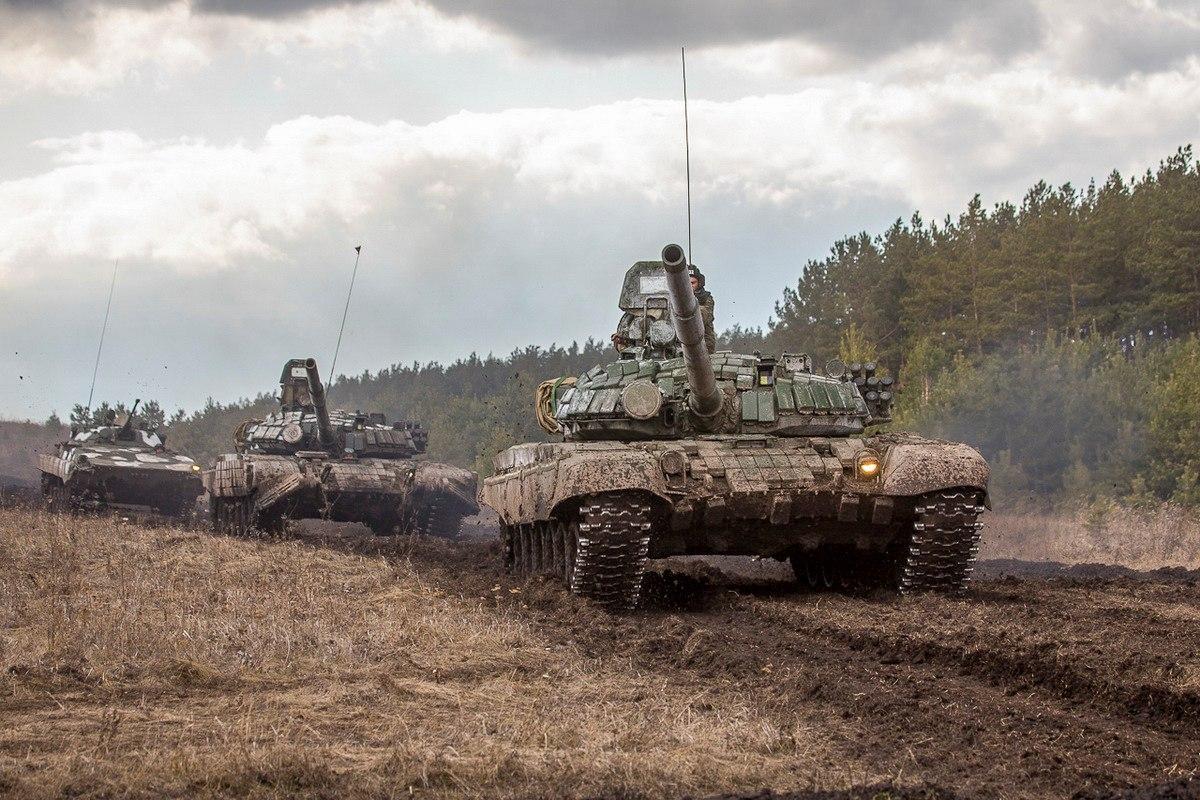
The Kremlin has no intention of halting its aggression against Ukraine, as it is clear that it aims to fully capture the Donetsk, Luhansk, Kherson, and Zaporizhzhia regions by 2026. Even if Donald Trump were to pressure Moscow to stop now, Russia would still pose a significant threat to Europe in the coming years. This is reported by Welt.
The head of the Ukrainian Situational Center at the German Ministry of Defense, Major General Christian Freuding, noted that Russia is arming itself far beyond the needs of its troops in Ukraine. In particular, he claims that the Russian army is "seeing increases in tanks, ammunition, missiles, and drones." In his view, this indicates the Kremlin's intention to prepare for a war with NATO, even if the Russian Federation is not currently planning to engage in direct conflict with the West.
According to German military sources, the Russian army is significantly compensating for its human and material losses in Ukraine. Specifically, it is reported that Moscow is recruiting about 30,000 soldiers each month, enticing recruits with substantial financial incentives.
Berlin is particularly concerned about the size of the Russian army, which consists of 1.5 million active military personnel. In comparison, the Bundeswehr has 180,000 active soldiers.
Additionally, Russia has established large-scale production of aerial bombs, including guided munitions, missiles, artillery shells, and various types of kamikaze drones, producing thousands of "Shahed" drones annually.
"Russia possesses an impressive number of troops and a wide array of powerful equipment," says Marie Agnès Strack-Zimmermann, chair of the European Parliament's Security and Defense Committee.
However, she points out that the war in Ukraine has also revealed Russia's weaknesses, particularly in terms of logistics, outdated equipment, and low morale among soldiers.
Military analyst Nico Lange warns against evaluating potential threats solely based on the number of soldiers or tanks. "Russia has the will to use brute military force and the readiness to sustain heavy losses. This makes Russia extremely dangerous," says Lange.
He also cautions about the possibility of both direct and hybrid attacks from Russia against Poland and the Baltic states—drone and missile strikes, troop incursions without national insignia, and similar actions.
Strack-Zimmermann adds that the likelihood of such scenarios largely depends on the outcomes of the war in Ukraine.
"Putin has literally tasted blood. If you want to maintain peace, you must know how to defend yourself. If we do not finally understand this and Putin succeeds in Ukraine, attacks on a NATO member in four to five years are more than realistic," she states.
Russia's Aggression Worldwide: Latest News
As reported by UNIAN, Russian military forces illuminated a NATO aircraft with the radar of the S-400 surface-to-air missile system, which was patrolling international airspace over the Baltic Sea. This demonstrative threat was directed at the French patrol aircraft Atlantique 2.
We also reported that Russia has made covert attempts to undermine elected governments around the world. Specifically, the Russian Federation has used state media to promote harmful Kremlin interests.